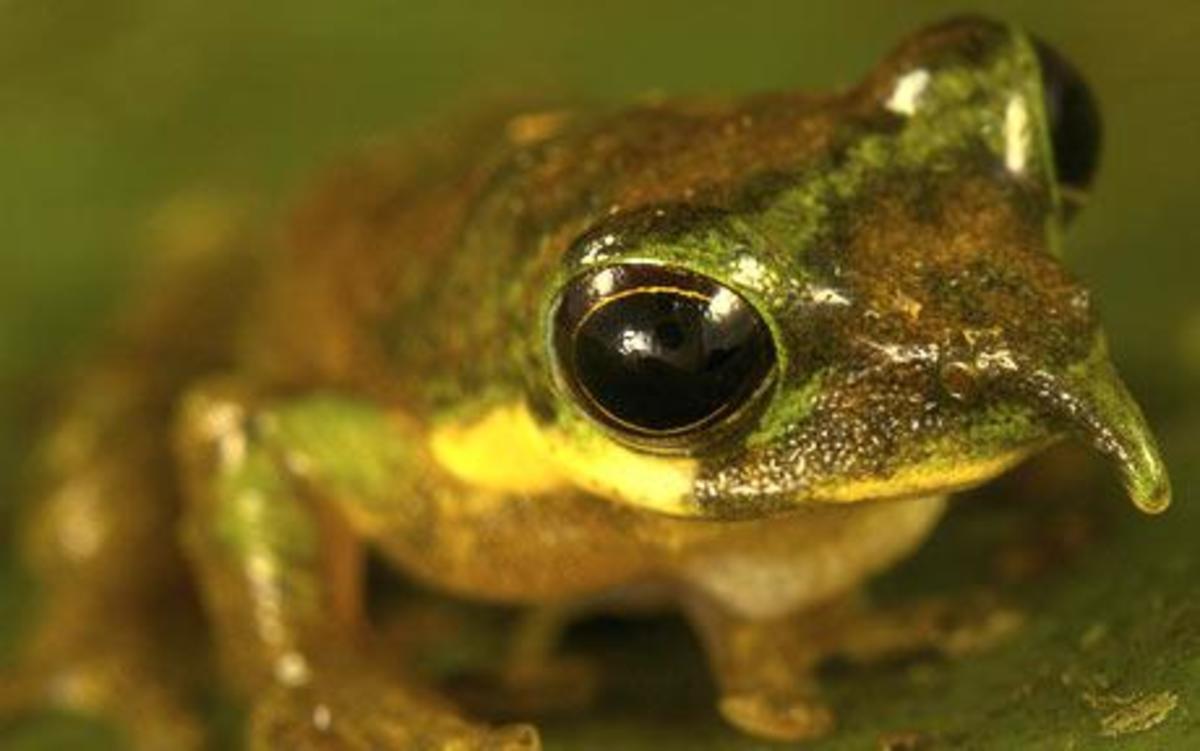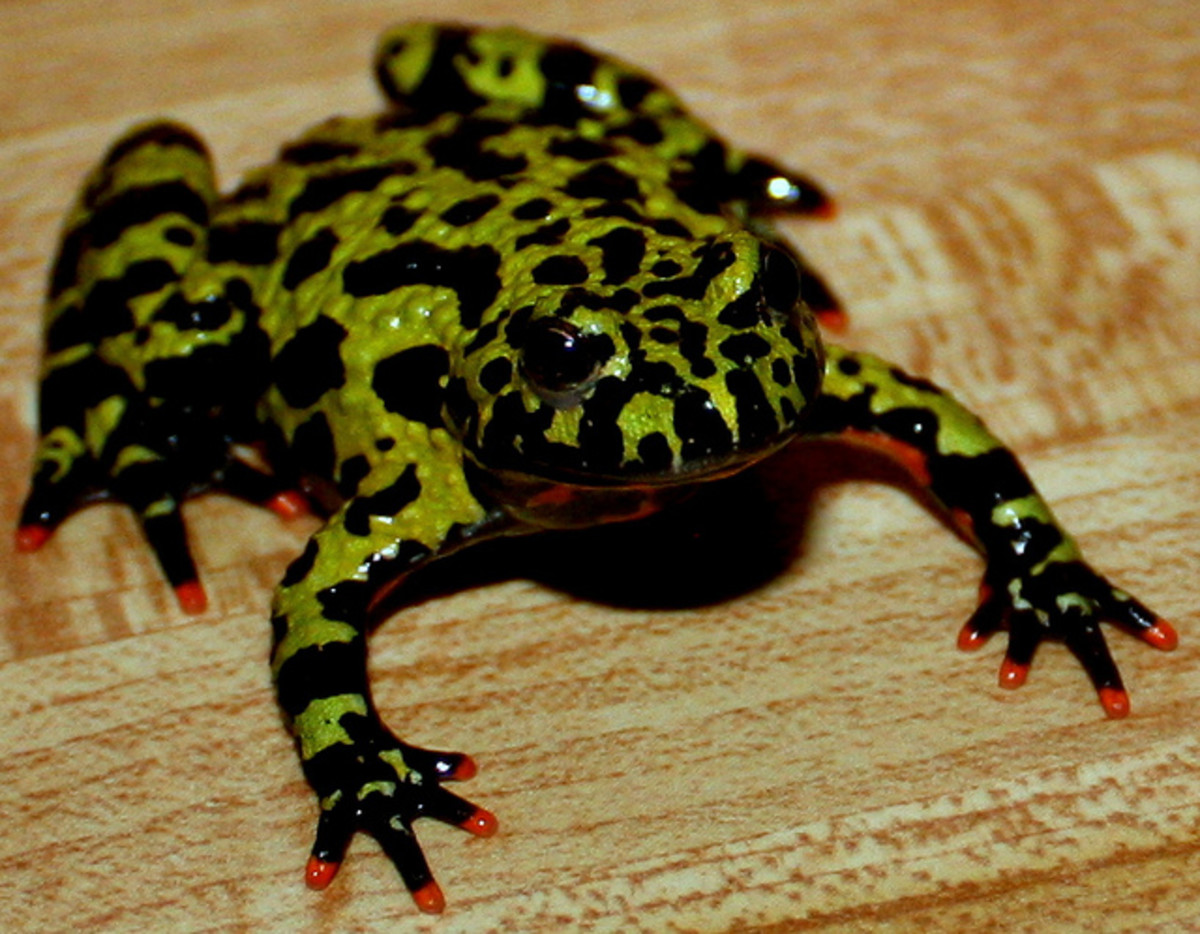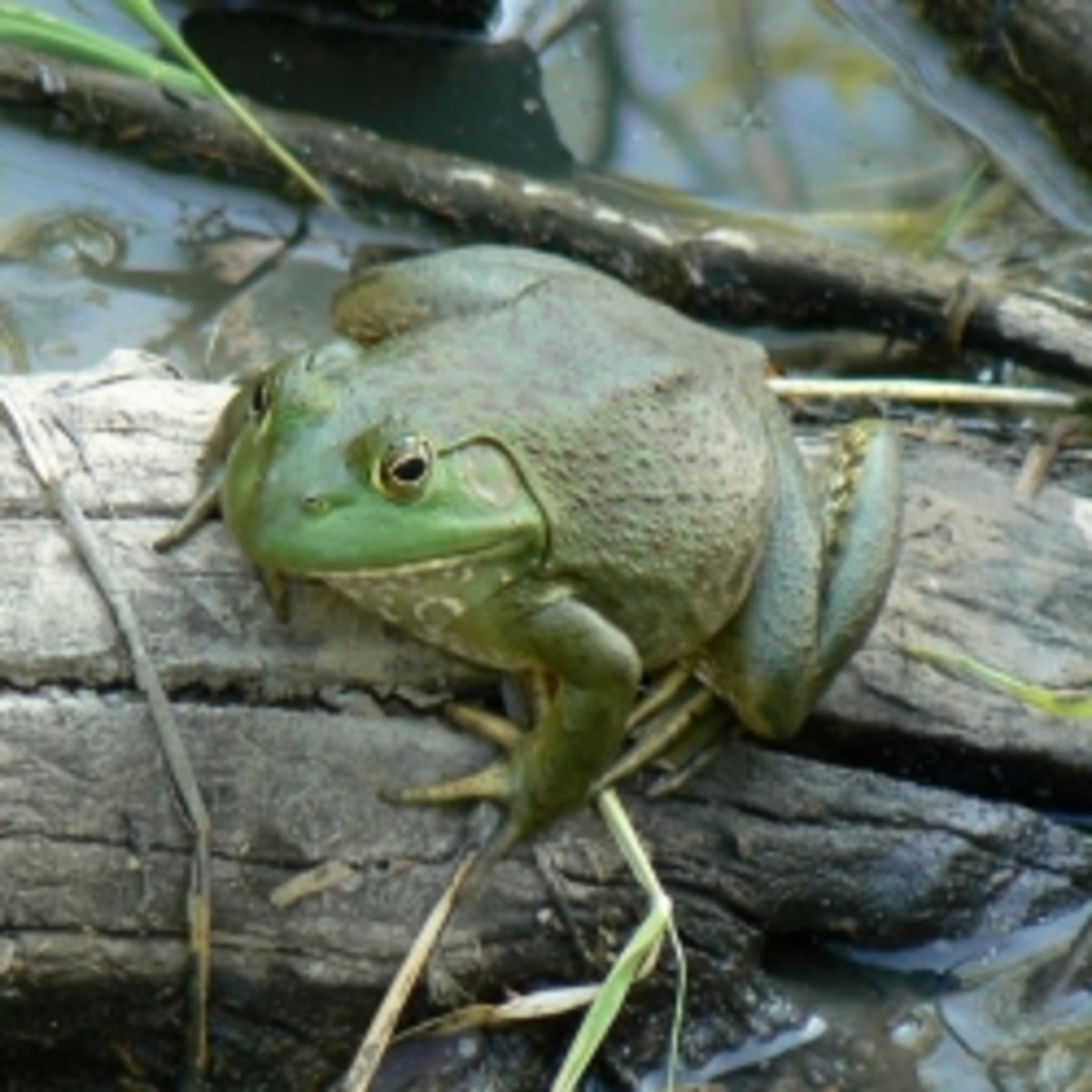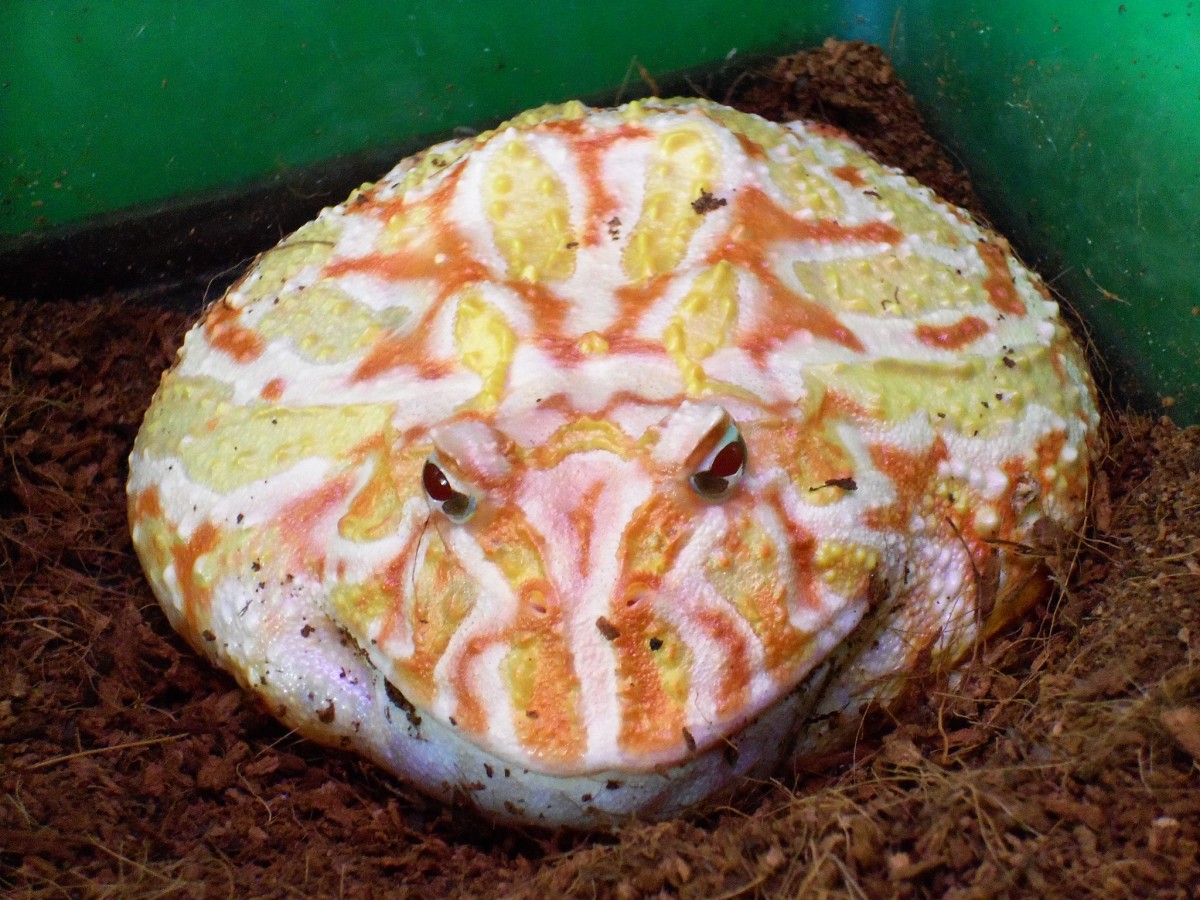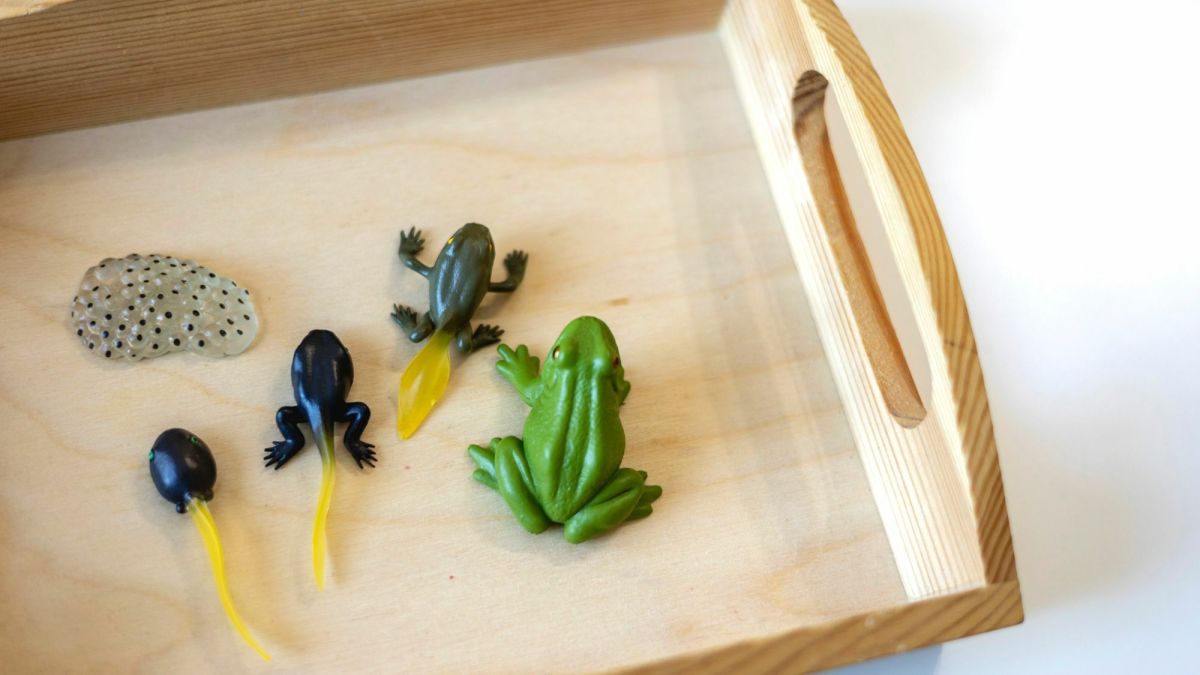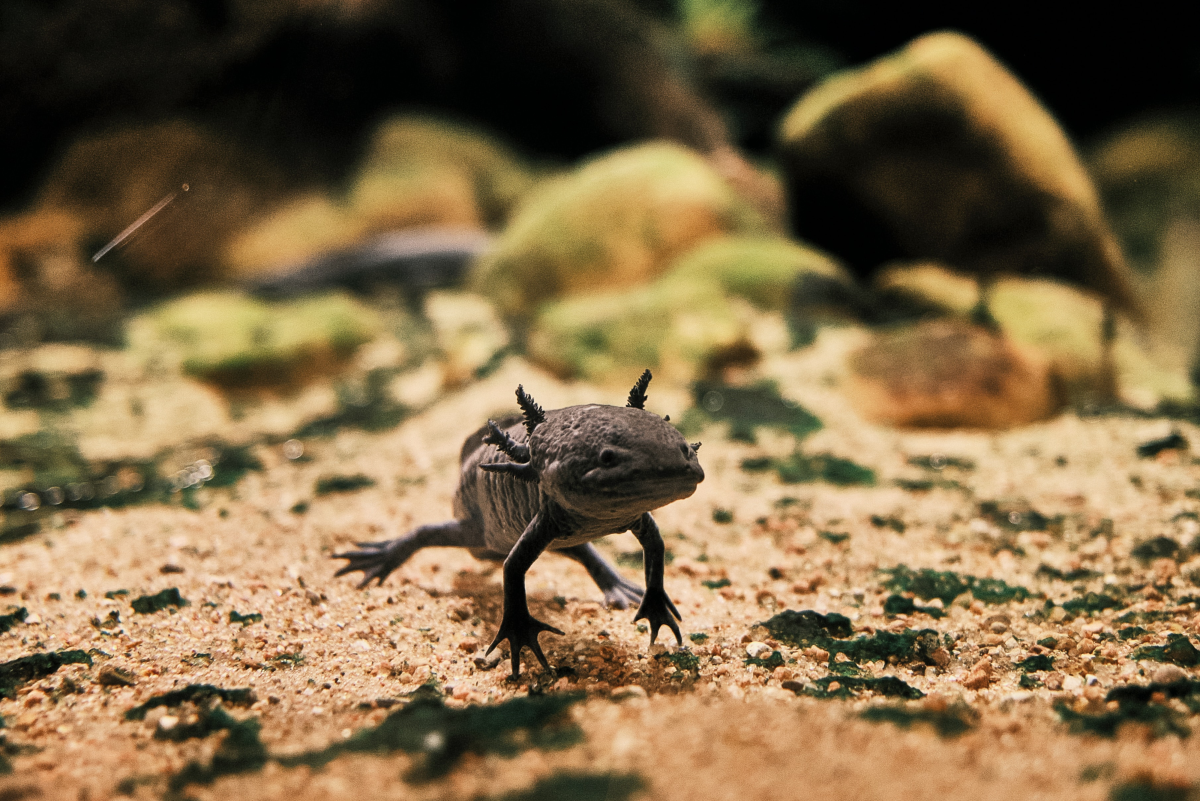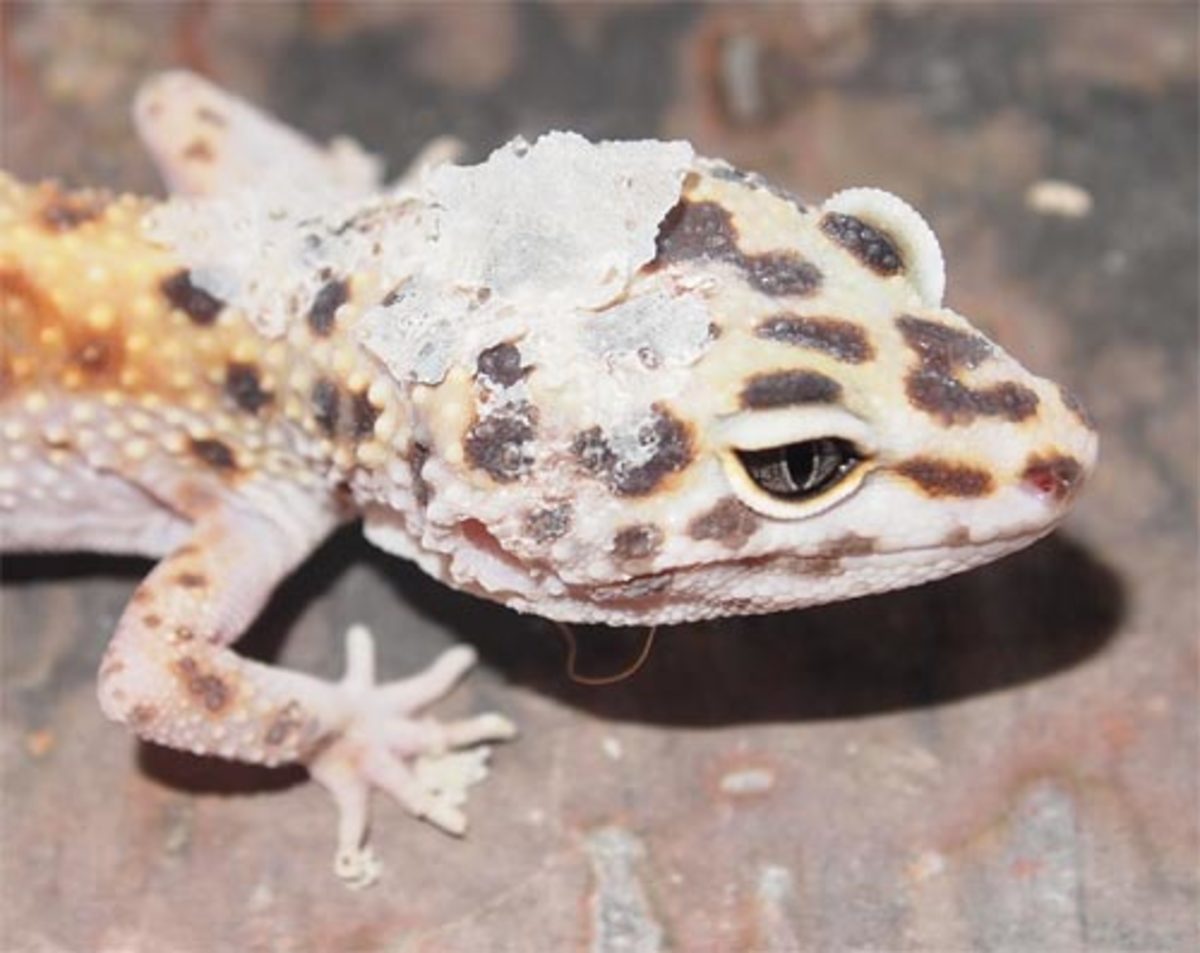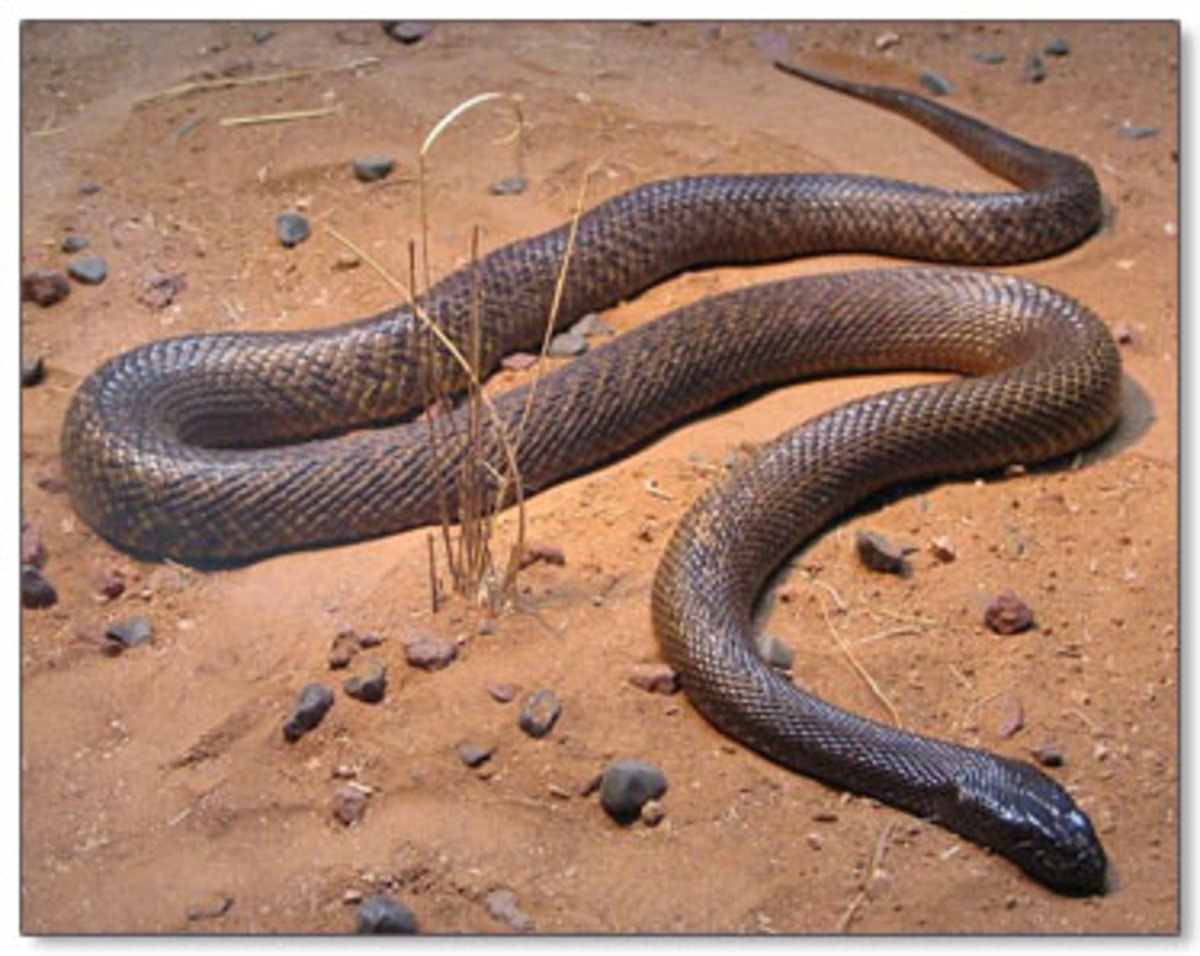The Facts About Gray Tree Frogs
The Gray Tree Frog's Scientific Name: Hyla Versicolor
Tree frogs are unusual, beautiful and an interesting part of the frog family. An adept climber, the tree frog can be found at the tops of trees, climbing up your window and in my case sitting on a railing 15 feet above the ground.
I observed this little fellow climbing the window the evening before I got this picture. I was in awe that he could climb straight up a flat, smooth window using the little round pads on his feet.
Note: The frog pictured could be a female (there are only small differences between the the sexes), I didn't note the details so I am just saying "he" though it could also be "she".
Isn't nature fascinating?
This is my first meeting with a tree frog. Don't ask me why... guess I just never looked carefully enough. This sighting gave me an excellent opportunity to learn about this little guy...and he is quite little, but still interesting.
He can climb to the tops of trees... All I can say is: "Wow"...must be he likes the view from way up there!
What Special Features does a Gray Tree Frog Have?
- A distinctive star pattern on it's back
- The ability to change color to camouflage itself...it changes slowly to adapt to it's surroundings
- The ability to scale glass with it's sticky toe pads.
- Able to create glycerol to keep from freezing solid in winter in cold climates
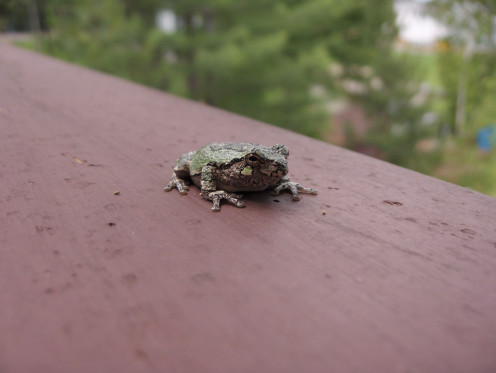
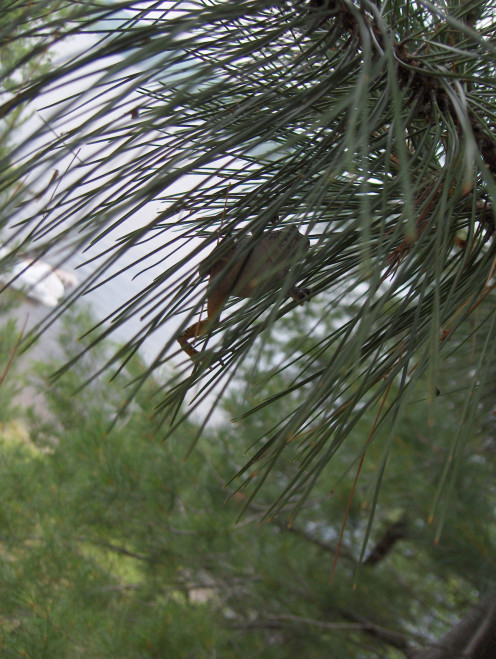
Specifics About the Gray Tree Frog
The tree frog has been called adorable. I do think this is one amphibian I would give that "quality" to. Considering I don't generally think "cute" as applying to frogs..that is a compliment.
The Gray Tree Frog is Ontario's largest tree frog ( it also is located in many North Eastern states) The little guy weighs a whopping 7 grams (about .25 oz) and 3 to 5 cm in length ( approximately 1.5 to 2.75 inches long)
Living mostly in trees, they eat gnats, mosquitoes, any bugs within their reach... worms, even snails and other smaller frogs... if they can catch them.
In turn, tree frogs are eaten by birds, raccoons, skunks and snakes, which explains why the tree frog is mostly nocturnal (when it's predators are asleep)! Of course raccoons are nocturnal, so tree frogs are never completely predator free..
Tree frogs are an indication of biodiversity and health of the ecosystem in the area they inhabit.... Tree frogs in an area are an indication the ecosystem is healthy.
Why? They are ultra sensitive to toxins, which are readily absorbed through their skin. The result is they die off before larger animals when an ecosystem deteriorates from pollutants. They are the "canary" in an ecosystem.
Tree frogs and frogs are essential in an ecosystem. They do their part controlling insects.and are quite efficient...so this particular tree frog made sitting outside in the evening a whole lot more pleasant!. Plus they look great on a window at night against the dark night as they go after insects attracted to light inside!
Remember it is absolutely important to wash your hands "before" touching a tree frog or any frog. Even trace amounts of lotions and sunscreen are harmful since these amphibians will absorb the chemicals through their skin causing them harm.
Tree frogs do not drink water...they absorb moisture through their skin.
Habitat of a Tree Frog
Tree frogs inhabit all elevations in an forested area. Their habit must include some sort of water nearby to lay their eggs. The tadpoles hatch in three to seven days. The water needs to be quiet such as a swamp, pond or quiet shores of a lake and be relatively predator free.
The frogs begin to mate in late April or early May when temperatures rise above 15 degrees Celcius. The tree frogs wake from their hibernation from under rotted logs and piles of dead leaves where they have been semi-frozen all winter. The glycerol they produce keeps them from dying.
Their breeding season can extend to early July depending on the weather and climate. The males are particularly vulnerable at this time because predators locate them as they chirp their mating calls. Females tree frogs are luckier since they are silent. Generally, tree frog populations have more females than males because of this hazard!
The female chooses her mate.. the one that sings the loudest and longest and survives! The couple meet in quiet waters where the female lays from 1000 to 2000 eggs... the male fertilizes them.
That is the extent of their parental responsibilities. The tadpoles are on their own!
The egg mass separates into tiny clusters of 30 to 40 eggs and attach to available plants or objects in the vicinity. In three to seven days the tadpoles hatch and feed on algae and debris in the environment.
They need to keep away from fish, their main predator, but are also prey to big bugs and other frogs in the water before they can go on land and become new tree frogs and continue the cycle of reproduction.
If the young frogs make it to their second year they are mature and able to reproduce and continue doing their bit for the ecosystem.

